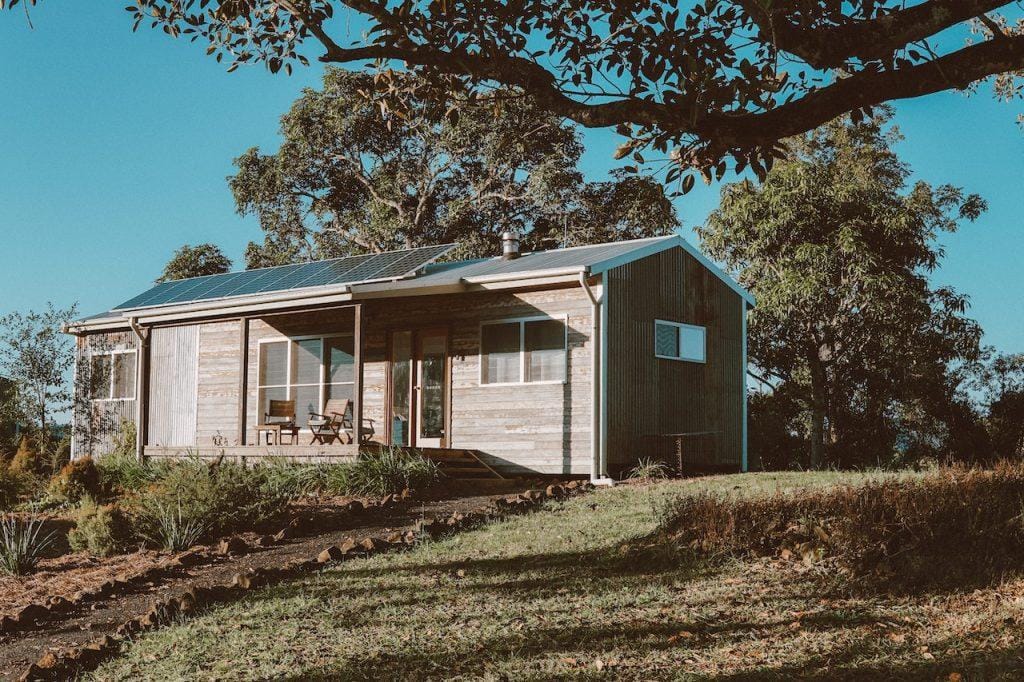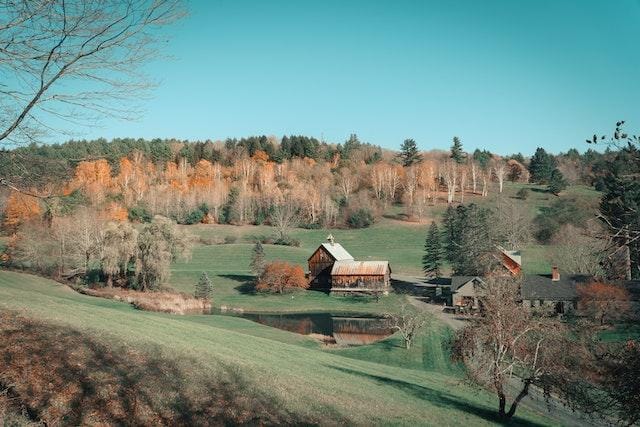
Off-grid living is becoming increasingly popular among those seeking independence, self-sufficiency, and sustainability. It entails relying on personal resources and renewable energy sources to meet basic needs. While living off-grid may present challenges, it offers a unique opportunity to live sustainably and independently. It may be the perfect lifestyle choice for those seeking a more straightforward and fulfilling way of life.
1. Pre-Preparation for Off-Grid Living
The first step in preparing for off-grid living is defining your goals and lifestyle requirements. It entails determining your motivations for choosing an off-grid lifestyle and your desired outcomes. Take time to think about how self-sufficient you want to be. Ask yourself: Which environment do you want to live in? How much space will you need? What is your budget for this change?
Knowing what you want will help you decide how to proceed with your planning. As a result, this will ensure that you are ready for the difficulties and benefits of living off the grid. Answering these questions will help you make informed decisions and develop a lifestyle matching your needs.

2. Find the Appropriate Location
You need to consider several factors when selecting a location. Experts from usantini.com state that for off-grid living, the best areas are those with good solar exposure, access to clean water sources, and suitable soil conditions for growing crops. To ensure you are ready for any challenges, consider the local climate, topography, and natural hazards.
What you should also consider is whether the location meets any legal requirements for off-grid living. That refers to building codes, zoning regulations, the possibility for residential use, permits, and existing restrictions. For some zones, restrictions on solar panel installations or water use are not unknown. Thus, avoid them.
3. Build or Remodel Your House
Insulation, passive solar architecture, and energy-efficient equipment should all be considered when building a new home or modifying an existing one. When using renewable energy sources like solar or wind power for your green homes, you lower the amount of energy required to maintain a comfortable living area. Installing water-saving fixtures and a rainwater collection system can guarantee a consistent water supply.
Making your home out of environmentally friendly building materials like bamboo, adobe, or straw bales can also help you live more sustainably. Find a skilled architect or contractor who comprehends off-grid life’s particular needs. Only those who can understand what you want can assist you in designing and building a home that suits your needs and preferences.

Energy Generation Strategy
You may build a sustainable and dependable energy system that supports your off-grid living lifestyle and reduces your carbon footprint by identifying your energy requirements and choosing suitable renewable energy sources.
Begin by calculating your energy requirements. You need to estimate how much energy your house needs while accounting for appliances, lighting, and other electrical equipment. You can choose appropriate renewable energy sources to generate power. That may be solar cells, wind turbines, or hydropower generators. Selecting one of them will depend on your energy needs.
Location, climate, and resource availability should all be considered when choosing renewable energy sources. Solar panels might be the most effective and economical choice, for instance, if you reside in an area with plenty of sunlight. Similarly, a wind turbine might be the best option if you live in a region with a lot of wind.
Compile a Supply and Equipment Inventory
When living off the grid, having enough food and water to last for extended periods is essential. Therefore, one of the must-dos is to buy and store the necessities that will enable you to fulfill your basic needs.
Before purchasing new supplies, it is advised that you declutter the storage units of items you no longer require. This process may be challenging, but fewer things make it easier to keep track of them. Remember that essential medical items like first aid kits and prescriptions are must-haves when deciding what supplies you should keep. Additionally, when it comes to food, stockpile only non-perishable items that can last for at least six weeks.
In addition to food and medical supplies, consider obtaining other necessities like tools, equipment, and backup power sources. Axes, saws, and shovels are tools you can use for various tasks. That includes building, gardening, and woodworking. When choosing equipment, preferably pick the ones that last longer, are dependable, and are easy to maintain. Make a plan for your supplies and equipment storage and upkeep. This way, you’ll keep them in good shape and readily available when needed.

Back To Basics Of Survival
A minimalist lifestyle often involves living in remote or isolated locations where access to external resources may be limited or unreliable. Your survival in such situations may depend on your capacity to establish a campfire, utilize local resources, and administer first aid.
Furthermore, learning basic survival skills can boost one’s confidence and sense of empowerment. You may feel safer and more confident handling difficulties if you have the information and skills to live and prosper in various circumstances.
Are you Ready for Off-Grid Living?
Preparing for off-grid living requires careful planning and preparation. It entails several steps, including determining your goals and lifestyle requirements, selecting an appropriate location, constructing or upgrading your home, and stockpiling goods and equipment. However, building and maintaining a self-sufficient lifestyle calls for a considerable outlay of time, energy, and money. Yet independence from outside resources, sustainability, and self-sufficiency have their advantages. Properly planned, off-grid living allows you to develop a lifestyle suited to your needs and objectives.
